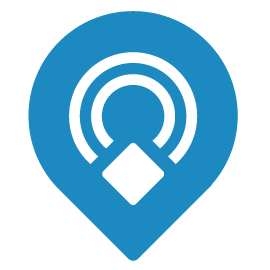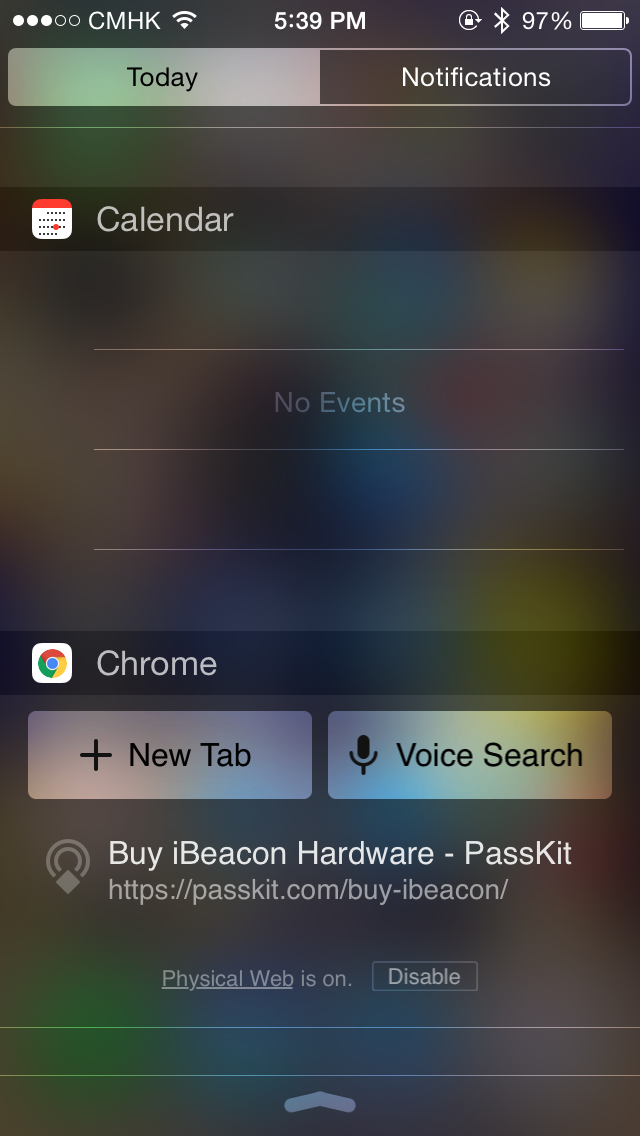IoT, or the Internet of Things, is projected to be the next big industry. With Cisco predicting over 50 billion devices connected by 2020, the IoT is becoming a force to be reckon with. But with most world changing industries, there’s one thing that breaks through and makes the industry explode. With the IoT, this one thing is the Physical Web.
Physical Web is to the IoT as the World Wide Web is to the Internet.
As we were taught many years ago, the world wide web and the Internet are two different things. The Internet is a vast communication infrastructure capable of many different things. The World Wide Web is simply the way we interact within the Internet. In simplest terms, the Internet is composed of the machines, hardware and data; and the World Wide Web is what brings this technology to life. In even simpler terms, the world wide web is what made the internet useful to everybody, rather than just a select few.
The Internet of things and the Physical Web are very similar and are the perfect comparison. The Internet of things is made up of billions of smart devices that communicate and send data back and forth. The IoT is primarily used today in factories, businesses, and healthcare. This is because smart objects give these major industries the vital data they need to track inventory, manage machines, increase efficiency, save costs, and even save lives.
On the consumer side, we do have a number of smart devices such as lights, outlets, and security systems but these all require apps in order to be used. Which would be equivalent to us having to download every website onto our computer in order to use it. Sure some companies have tried to come out with IoT management apps but that is only covering up the problem rather than solving it. Those apps have to keep up with APIs and wireless protocols.
The Physical Web will change everything about the IoT.
The Physical Web has the ability to get rid of IoT apps all together by presenting a much simpler way to interact with our devices. And in fact, it is the exact same thing that the World Wide Web used to harness the internet.
The URL.
“The Physical Web is a discovery service: a smart object broadcasts relevant URLs that any nearby device can receive,” Google put on the Physical Web GitHub page. “Our core premise is that you should be able to walk up to any ‘smart’ physical object (e.g. a vending machine, a poster, a toy, a bus stop, a rental car) and interact with it without first downloading an app. The user experience of smart objects should be much like links in a web browser: i.e., just tap and use.”
The Physical Web is what makes the IoT accessible to anyone. Much like the web did to the internet. The Physical Web allows for everyday devices to have a URL that corresponds with a device and allows people to interact with it without the need for an app. This is also allowing for non-programmers to use the Physical Web because they don’t have to code an app(or pay loads of money for someone else to do it).
All that is needed to start using the Physical Web is a BLE beacon(which you can get here). Any beacon that is capable of broadcasting Eddystone can be used to connect an object to a smartphone. Converting an everyday object like a parking meter into a smart object connected to the Physical Web.
Will Physical Web URL’s drive the next dot-com revolution?
The web made the internet and now the Physical Web will make the Internet of things. And not only that, but the Physical Web could make the IoT just as big as the web made the internet, if not bigger. This is likely to happen for a number of reasons.
1. The web started small and grew exponentially as more websites were built.
The web was not the “cool” place to be when there was few websites available. But as the number of websites grew so did the users. And it grew fast. Hence why we had dot-com millionaires make fortunes overnight. The Physical Web will work much the same way.
With only a few devices connected to the Physical Web, it doesn’t seem like it will ever be a necessary thing to use. But as more devices come online(which is pretty much guaranteed due to the mass amounts of IoT and Physical Web projects currently being worked on) the Physical Web will take off like wildfire. Mimicking the dot-com revolution.
2. Consumer behavior is changing.
Consumers are changing. Now more than ever before consumers expect on-demand information within an interactive experience. They want convenience, speed, and a high quality experience at the touch of a button. The Physical Web is what allows this to happen. Simply opening a URL that has been broadcasted to their phone would allow a user to pay for parking, see what stores are running promotions near them, or even purchase something out of a vending machine. The line between offline and online is becoming blurred and the Physical Web is in the very center. The video shows a Physical Web enabled vending machine. Take 20 seconds and witness the future.
3. Everything can be and will be connected to the Physical Web.
While the internet and web changed the world, it took place in the digital world. The Physical web combines the physical and digital worlds. Making everything fair game to be connected. This is why we see everything from light bulbs to vending machines to dog collars being connected to the Physical Web. It’s uses are only limited by the imagination. Whereas websites and software are digital entities and are limited to the digital realm. This is why IDC predicted that the IoT industry will be worth $7.1 trillion by 2020.
Verdict: The Physical Web is exactly what the Internet of things needs.
The Physical Web is putting the IoT’s capabilities in the hands of everybody. People can now connect their car ads and posters to the Physical Web. Businesses can already market their business through nearme.is. And bus stops can become “smart” bus stops. The video below is from someone who made a smart bus stop as a fun “lazy saturday project”, that’s how easy it is.
The IoT and the Physical Web is going to continue to grow and it is just a matter of time before our cities become smarter and we become more connected. If there’s one thing I’ve discovered through following the IoT and the Physical Web, it’s that everybody believes it’s here to stay.
Have an idea or opinion on the IoT or the Physical Web? Let’s discuss in the comments below.
















